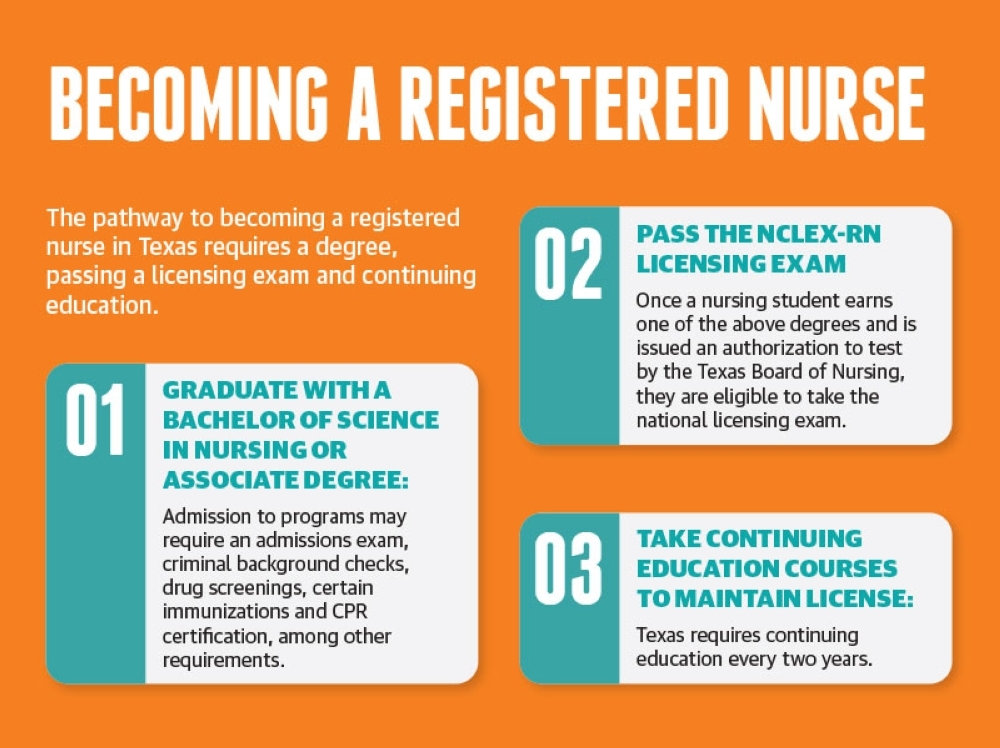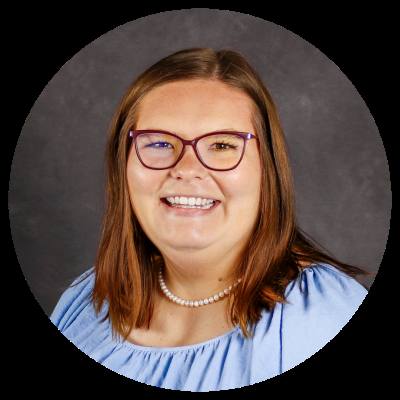Hospitals across the country reported higher rates of turnover and staff burnout as nurses faced heavier workloads and treated critically ill COVID-19 patients for more than a year, according to a February study from the U.S. Office of Inspector General.
Texas hospitals, however, have faced nursing shortages since long before the pandemic. The Texas Department of State Health Services projects the Gulf Coast region will have a deficit of 21,400 registered nurses by 2032 as the growing demand continues to outweigh supply. “Health care workforce shortages existed before the pandemic. We didn’t have enough doctors; we didn’t have enough nurses; and the pandemic has definitely exacerbated that problem,” American Medical Association President Susan Bailey said.
The median turnover rate for registered nurses in the Gulf Coast region was 17.5% in hospitals and 50% in long-term care facilities in 2019. Since the pandemic began, many nurses have considered leaving the profession due to the anxiety over bringing COVID-19 home to their families and the reality of losing at least 4,000 health care workers to the virus nationally, Bailey said. On the other hand, health care workers have been dubbed pandemic heroes, and many have decided to enter the field as they learn more about what the role entails, said Dr. Renae Schumann, the former dean of Houston Baptist University’s School of Nursing and Allied Health who now serves as District 9 president of the Texas Nurses Association.
“There’s the part of nursing where people are tired; they’re burned out; and they’re having a hard time staying in it. But there’s another part where people are looking at nursing and go, ‘I really want to be a part of that,’” Schumann said.
Local educators, including Kathryn Tart, dean of the University of Houston’s College of Nursing, said the nursing field does not come without its challenges. Still, she said, educators are searching for ways to encourage students to pursue the career path because of the incontestable need.
“It’s very meaningful work, but you have to find the right people to do that work who can overcome a lot of obstacles,” Tart said.
Long-standing shortage
While the pandemic amplified Texas’ nursing shortage, experts said it has been a concern for years.
“[The shortage] is something that we had been putting a lot of energy into even prior to COVID—I would say probably for the last five or six years,” said Patricia Gilliano-McClung, senior vice president of patient services and chief nursing officer for St. Luke’s Health-South Market, which includes the Sugar Land hospital.
In the last decade, the region’s supply of registered nurses has grown by 45%, according to the DSHS, but it is not enough to keep up with the growing population, experts said.
According to the DSHS, about 24% of the region’s nursing workforce in 2019 was older than 55. And as the nursing workforce ages, so does Texas’ general population, Tart said. New, younger nurses are needed to keep up with the “silver tsunami,” she said, referring to a metaphor used to describe the population aging since older residents require more care.
Additionally, nurses can choose from a more diverse range of career paths than ever before, Gilliano-McClung said. The range of options comes without the demands of working in a hospital or clinical setting and provides more regular schedules, she said.
“There’s a variety of places that nurses can work after graduation. It’s not just exclusively hospital acute care, which makes it [more] challenging,” Gilliano-McClung said. “You’ll find nurses that do things that they hadn’t done 10, 15 or 20 years ago.”
With facilities throughout the Houston area, including a Sugar Land location, Next Level Urgent Care representatives said their practice—which employs nurse practitioners instead of registered nurses—has not been affected by the shortage.
Nurse practitioners typically obtain a master’s or doctoral degree in nursing and often serve as primary health care providers, according to Texas Nurse Practitioners. Gilliano-McClung said this advanced practice often pulls talented registered nurses away from the job.
Gilliano-McClung said St. Luke’s Health-Sugar Land Hospital works to retain good nurses through employee engagement, benefits and ongoing training opportunities.
“We are really looking at hiring staff for the ‘why,’” Gilliano-McClung said. “[If] we have people who love health care and want to be a part of it, then we can teach them. It’s having that right mindset and right heart.”
COVID-19 complications
Jennifer Mizell, who graduated from the UH College of Nursing in December, said she feels lucky working at a hospital now opposed to one year ago when the pandemic hit. But even when nurses are not grappling with a global health crisis, it is clear why they get burned out, Mizell said.
“It’s constant stress. It’s hard to be on edge everyday, and as a nurse, you are,” she said.
Gilliano-McClung said the pandemic has caused some nurses to turn away from the profession over the risks and required sacrifices.

Others have expressed enthusiasm for the difference they can make during COVID-19, she said.
“It’s definitely a mixed bag,” Gilliano-McClung said. “But it’s been very inspiring. Some of the new student nurses that I’ve met want to get in there to help; they want to take care of patients and save lives.”
Schumann said COVID-19 has led to more nurses retiring earlier than usual. Others may have transitioned to travel nursing or part-time assignments to alleviate stress, she said.
“We never turn anyone away. ... We always try to have enough staff for the ‘just in case,’ but it’s really tough. You never know what will come through the door,” Gilliano-McClung said.
Education’s role
Bailey said applications to both medical and nursing schools are at an all-time high. However, due to a limited number of seats available, the DSHS reported 54% of qualified applicants were not granted admission to one of the region’s 27 prelicensure registered nurse education programs in 2019.
The Texas Legislature approved the creation of the Nursing Shortage Reduction Program in 2001, allowing the Texas Higher Education Coordinating Board to provide dedicated funds to nursing education programs that increase the number of nursing graduates.
Still, a shortage of qualified nursing faculty and a scarcity of clinical settings also contribute to the nursing shortage, officials with the Texas Board of Nursing said. But some nursing education programs have found creative ways to offer clinicals and keep students progressing toward graduation even during the pandemic, board officials said.
At the UH College of Nursing, students were able to get paid while meeting their clinical requirements this past year thanks to an opportunity through the National Council of State Boards of Nursing. The students were able to get real-world experience assisting health care workers swamped with patients, Tart said.
“It helped our nurses; it helped our students; and most importantly, it helped the patients,” Tart said.
From an education perspective, addressing the nursing shortage long term will require creating an effective pipeline in which students at a young age are encouraged to pursue the field and current nurses plan to transition into nursing education to train the younger generation, Tart said.
“It’s the will of our educators and our nurses to say, ‘I want to be the educators for the future of our profession,’” Tart said. “It’s the will of our ... legislators to say, 'We are going to support nursing and nursing education because we know that this is a wonderful way to provide access to care.'”
Danica Lloyd and Matt Stephens contributed to this report.






